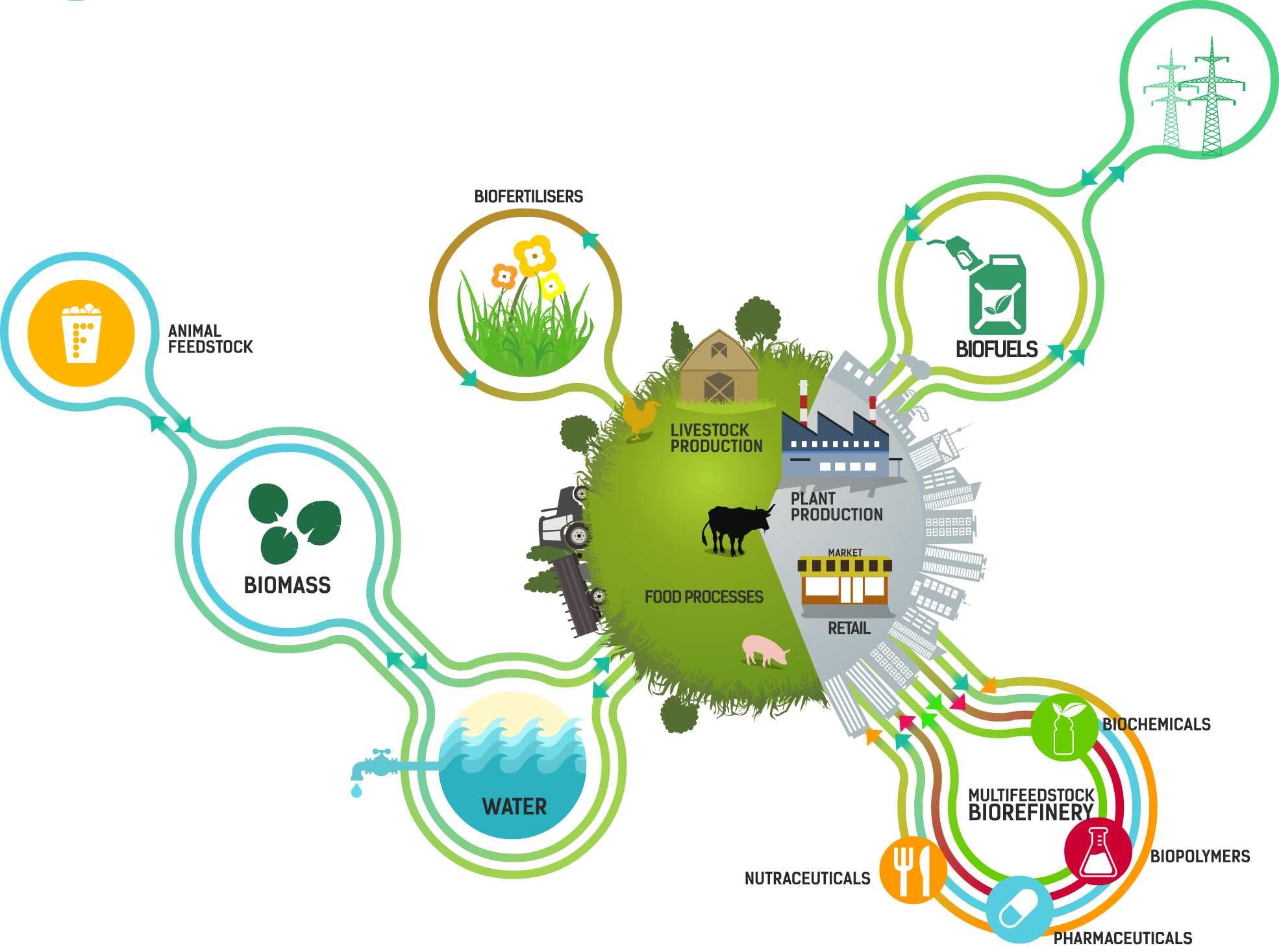Agroforestry Integrating Timber Production And Ecosystem Services
Tropical agroforestry is an innovative approach to land management that combines the cultivation of trees and crops to create sustainable and diverse farming systems. This practice not only ensures better soil health and increased productivity but also offers a range of ecosystem services that are crucial for the well-being of both humans and the environment.
Agroforestry systems are designed to optimize the use of available resources and improve overall farm resilience. By integrating trees into agricultural landscapes, farmers can harness a variety of ecosystem services that contribute to biodiversity conservation, climate regulation, water management, and soil fertility enhancement. These benefits, however, often come with trade-offs that need to be carefully analyzed to develop effective agroforestry strategies.

In a recent study, researchers delved into the complexities of tropical agroforestry and analyzed the trade-offs associated with different ecosystem services. The findings shed light on the importance of understanding these trade-offs to foster better design strategies and maximize the benefits of agroforestry systems.
What is Tropical Agroforestry?
Tropical agroforestry is a land use practice that involves the intentional integration of trees and shrubs in agricultural systems. It builds upon traditional farming techniques by leveraging the ecological interactions between different plant species to enhance productivity and sustainability.
Unlike conventional monocultures, agroforestry systems promote biodiversity by creating diverse habitats that support a wide range of fauna and flora. By combining trees, crops, and livestock on the same piece of land, farmers can achieve multiple benefits while minimizing the negative impacts associated with conventional farming.
Ideas For Implementing Agroforestry
Implementing agroforestry practices requires careful planning and consideration of local conditions, including climate, soil type, and available resources. Here are some ideas for incorporating agroforestry into farming systems:
- Alley Cropping: In this system, rows of trees or shrubs are planted between crop rows to provide shade, improve soil fertility, and protect against wind and erosion.
- Forest Farming: This approach involves cultivating crops under the canopy of existing forests, allowing for the coexistence of agricultural production and natural forest ecosystems.
- Silvopasture: Silvopasture integrates livestock grazing with the cultivation of trees, offering shade for animals, fodder production, and additional income from timber and non-timber forest products.
- Windbreaks and Shelterbelts: Planting rows of trees as windbreaks can protect crops, livestock, and infrastructure from strong winds while reducing soil erosion.
- Homegardens: Homegardens are small-scale agroforestry systems integrated into residential areas, providing families with diverse food options, medicinal plants, and additional income.
Recommendations for Successful Agroforestry Practices
While agroforestry offers immense potential, there are several key factors to consider when implementing successful agroforestry practices:
- Site Selection: Conduct a thorough assessment of the site's conditions, including soil fertility, water availability, and climatic factors, to ensure compatibility with the selected agroforestry system.
- Species Selection: Choose tree and crop species that are well adapted to the local climate, market demand, and ecological characteristics.
- Management Techniques: Implement proper techniques for tree and crop management, including pruning, thinning, pest control, and crop rotation.
- Knowledge Sharing: Promote knowledge exchange and capacity building among farmers, extension services, and researchers to facilitate the adoption and improvement of agroforestry practices.
A Listicle of Agroforestry Benefits
Agroforestry systems offer a plethora of benefits that contribute to sustainable agriculture and the well-being of local communities. Here's a listicle of some key advantages:
- Enhanced Biodiversity: Agroforestry creates diverse habitats, providing shelter and food sources for a wide range of plant and animal species.
- Improved Soil Health: The presence of trees in agroforestry systems enhances soil fertility, reduces erosion, and improves water infiltration.
- Climate Change Mitigation: Trees sequester carbon dioxide from the atmosphere, mitigating the impacts of climate change by reducing greenhouse gas emissions.
- Water Management: Agroforestry systems help regulate water quantity and quality by reducing runoff, preventing soil erosion, and preserving water sources.
- Income Diversification: Agroforestry offers additional income streams through the sale of timber, fruits, nuts, and other non-timber forest products.
- Food Security: The integration of trees and crops ensures a more resilient and diverse food production system, reducing reliance on single crops.
- Ecotourism Opportunities: Agroforestry systems can attract tourists interested in experiencing sustainable and environmentally friendly agricultural practices.
Question & Answer: Exploring Agroforestry
1. Can agroforestry be implemented in both large-scale and small-scale farming systems?
Yes, agroforestry can be tailored to suit both large-scale and small-scale farming systems. The specific design and management techniques may vary depending on the scale and available resources.
2. Are there any specific tree species that are commonly used in agroforestry systems?
A variety of tree species can be used in agroforestry systems, including nitrogen-fixing trees like Acacia and Gliricidia, fruit trees like mango and avocado, and timber trees like teak and mahogany.
3. Does agroforestry require additional labor compared to conventional farming?
Agroforestry systems may require some additional labor for tree maintenance and harvest, but the overall labor requirements can vary depending on the specific design and management techniques employed.
A Summary of Tropical Agroforestry and Its Ecosystem Services
Tropical agroforestry is a valuable approach for sustainable land management that integrates trees with agricultural practices. By carefully analyzing the trade-offs associated with different ecosystem services, agroforestry can be designed to maximize benefits while minimizing negative impacts.
Agroforestry offers numerous advantages, including enhanced biodiversity, improved soil health, climate change mitigation, water management, income diversification, food security, and ecotourism opportunities. The successful implementation of agroforestry depends on factors such as site selection, species selection, proper management techniques, and knowledge sharing.
By embracing tropical agroforestry, farmers can foster more resilient farming systems, contribute to environmental conservation, and improve the livelihoods of local communities. It is a promising pathway towards sustainable and regenerative agriculture.




Post a Comment for "Agroforestry Integrating Timber Production And Ecosystem Services"